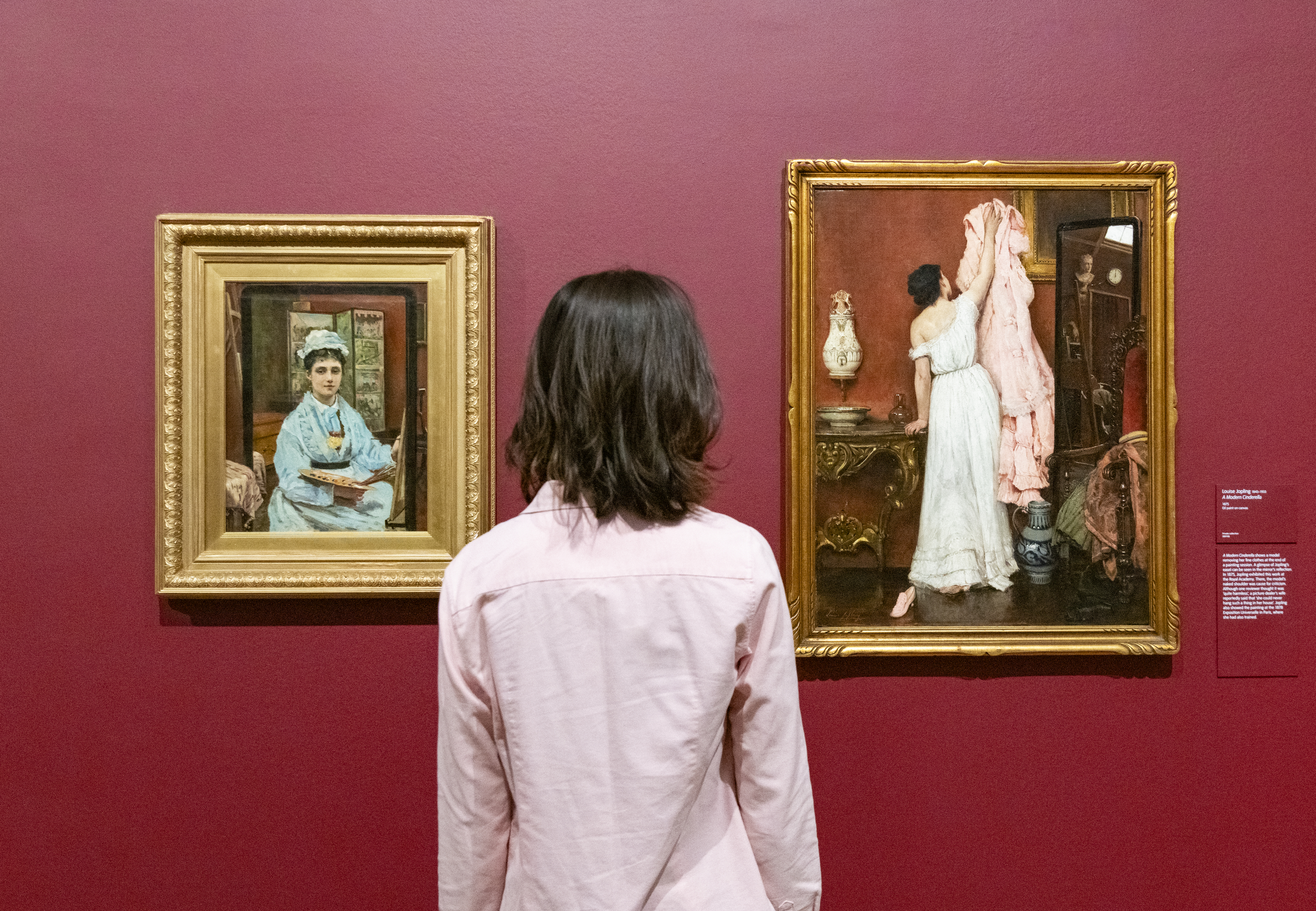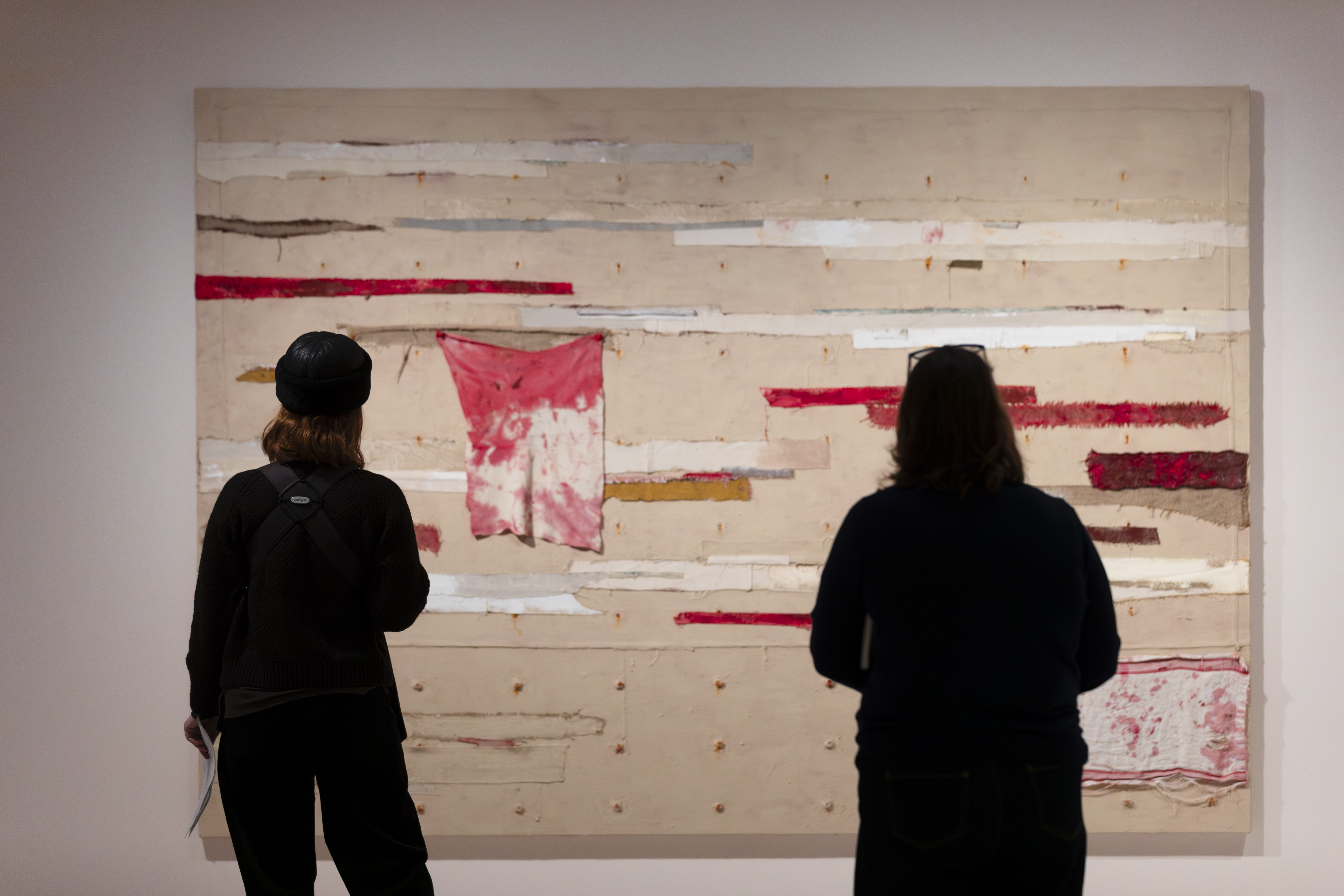How to buy art: the accessible new market
Thanks to a growing pool of art advisers, digital intelligence and collector groups, buyers are better equipped than ever

The art market is notoriously convoluted and opaque. Large sums of money change hands behind closed doors, artworks enter collections before being seen publicly, often disappearing from view altogether as they enter the cultural purgatory of freeport storage. Staggering auction results can be both exciting and intimidating, implying a right and wrong way to collect art. There is no comprehensive public database to self-educate, and galleries are reluctant to offer works to newcomers. In many ways, these issues are fundamental to the exclusivity the industry thrives on. However, in recent years, there has been a push for a more accessible art market, and new tools, groups and methods of buying are helping collectors to navigate the murky waters and changing the way people acquire art today.
Art advisers
While not new, art advisers still offer the fastest entryway into the industry with access to prices and insight into the market and art history. ‘I’m looking at thousands of artworks, spending time with artists to understand their aspirations, and deciding with my clients what is best for their goals, not just for the year ahead, but for ten years ahead,’ says Amanda Schmitt, an adviser who has worked in the art world for nearly two decades. ‘Relationships are everything. When I walk into a gallery, I know the person I’m speaking with is trustworthy, and they know I am, too.’
Fairs and galleries

Fairs and galleries are a few of the traditional venues where collectors can buy art, but the methods are expanding. Online platforms like Artsy offer easy ways to collect art from vetted dealers, and some artists are connecting with buyers through social media. ‘Commissions have also become increasingly common in recent years,’ says Schmitt. ‘There is a movement to rethink what art can be, and some clients are becoming more interested in supporting an idea.’
‘Relationships are everything. When I walk into a gallery, I know the person I’m speaking with is trustworthy, and they know I am, too.’
Amanda Schmitt, art advisor
A new take on ownership
Buyers are also changing the definition of ownership altogether. In 2022, collector Jordan Huelskamp founded Salon, a decentralised art fund where members vote on which artworks the group acquires, leveraging their individual knowledge and taste. The collection lives in the members’ homes. ‘Salon helps me rectify the tension between collecting regularly, and being opposed to sending artworks to storage,’ says Huelskamp. ‘Once the walls, nooks and crannies of your home are filled, the desire to collect does not simply go away. People collect for reasons beyond decorating homes: a desire to uplift emerging artists, to stay engaged with the art world... Salon offers another way to express our individual reasons for collecting.’ Since its launch, Salon has purchased eight works, including a painting by Sarah Crowner and a stoneware vessel by Toshiko Takaezu. The group still has the majority of its funds available, so they anticipate more acquisitions to come.
Salon uses blockchain-based smart contracts for member activities, one of the many applications of the technology. ‘NFTs are a vehicle to deliver an artwork, which can be many different things like video art, sound art, instructions for choreography, or a physical piece, and they make the transaction extremely frictionless,’ says Schmitt.
‘People collect for reasons beyond decorating homes: a desire to uplift emerging artists, to stay engaged with the art world’
Jordan Huelskamp, Salon founder
Increasing accessibility
Streamlining the industry gives collectors greater agency. In 2023, art adviser Rachel Cole launched Romulus.art, an art-tech platform that aims to fix what she viewed as outdated technologies and communications, which can lead to security risks and inefficiencies in the sale process. ‘Collectors want to understand every step, from initial interest to final purchase,’ says Cole. ‘This is especially true for new collectors unfamiliar with the industry.’ Romulus.art is currently in a beta version with more than 100 users, and will launch publicly at the beginning of 2025.
Also amplifying the push for agency and accessibility – and tapping into the social side of buying – are collector groups and museum memberships, which give access to gallery tours and events. In April 2024, art adviser Maria Vogel launched Club Rococo, a membership-based offshoot of her advisory that features studio visits, discounts to arts organisations, and a monthly newsletter. ‘Since entering the art world nearly ten years ago, I have always treated it as a space of ‘the more the merrier’,’ says Vogel.
Receive our daily digest of inspiration, escapism and design stories from around the world direct to your inbox.
Towards a new system
Indeed, the more the merrier might just be the future of the industry. There is, of course, more work to be done to advocate for greater transparency. But the more information is shared, the more agency buyers have in deciding how collecting art fits in with their lives. The system isn’t perfect, but what’s clear is that buyers are better equipped than ever to approach collecting in their own way. It can – and should – be as fun as it is rewarding.
This article appears in the November 2024 issue of Wallpaper* , available in print on newsstands from 11 October, on the Wallpaper* app on Apple iOS, and to subscribers of Apple News +. Subscribe to Wallpaper* today
Annabel Keenan is a Brooklyn-based writer specialising in contemporary art, market reporting, and sustainability. She contributes to several publications, including The New York Times, The Financial Times, The Art Newspaper, Artforum, and Brooklyn Rail. She is also the author of Climate Action in the Art World: Towards a Greener Future, a call for sustainable practices in the art world (May 2025, Lund Humphries and Sotheby’s Institute).